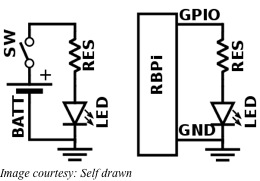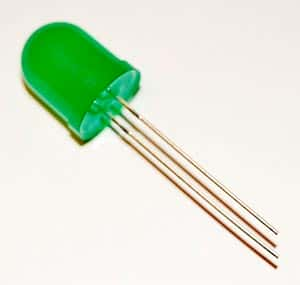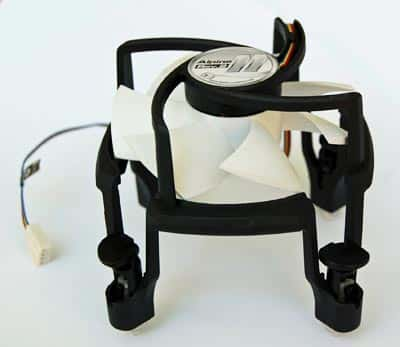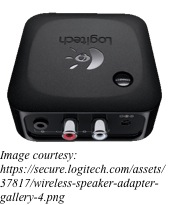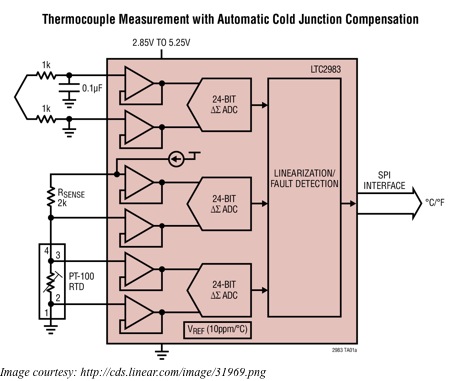Things are moving very rapidly in the smartphone arena. The phone you buy today after so many considerations and searches on the web, loses its new shine the very next day – some other phone has better features at a lower price. Just as for desktops, new processors for smartphones are entering the market with ever-increasing number of cores inside them. Memory prices are falling, so 2GB RAM is now a norm rather than a feature.
Today’s top-of-the-line smartphones are powered by processors from MediaTek, Qualcomm, NVidia or Samsung – leaving aside the iPhones. The processor is the veritable backbone of a smartphone, coupled with a GPU, which handles the graphics. Computational capabilities of a powerful processor such as the Snapdragon 805, from Qualcomm, offers enhanced abilities such as the virtual reality environment on Samsung’s Galaxy Note 4.
If you thought that virtual reality was the last frontier to be reached, well, just wait for the Snapdragon 810 as this is expected to take things even further up. Qualcomm has already demonstrated some of the new features that it will bring into smartphones this new year.
Although some smartphones already have Quad HD displays of 2560 x 1440 resolution, the new Snapdragon 810 will allow wireless streaming of 4K video to a TV with just a few taps. If your TV is capable of displaying the 4096 x 2160 resolution, the new phone will be capable of moving 4K video to your TV. The problem is that there are not enough sources for 4K videos at present.
However, Qualcomm has an answer for that as well. Most smartphones with 8MP cameras are already capable of shooting 4K videos. Qualcomm estimates that by 2018, there will be over 500 million devices with 4K-capability. The new Snapdragon 810 chip is going to make the smartphone even smarter. It will let the tiny camera on the smartphone simulate the zoom power that only a DSLR camera lens enjoys right now.
Core Photonics is making a new type of camera with the combined capabilities of a wide-angle as well as a fixed telephoto lens that can magnify the image by a factor of three. The advanced computing power of Snapdragon 810 can combine the two images and create a better picture than what a DSLR camera can produce at low zoom levels.
For example, in a practical demonstration by Core Photonics, a normal DSLR camera aimed at a peanut cartoon produced only a blurred image with illegible text. However, with the new camera, not only was the cartoon crisply displayed, the text was also readable, although it was set to only 8x zoom.
Smartphones can record video, but they cannot select the audio from an individual. The Qualcomm processor will have directional audio capabilities, allowing the user to record an individual voice selectively in a room full of loud sounds. Therefore, when you are filming a single person, you can instruct your phone to pick up only his or her voice and nothing else.
Such a powerful processor as the Qualcomm Snapdragon 810 will make a tablet as powerful as a PC is today, when supplemented with a monitor, keyboard and mouse – all connected without wires.

